Colour: Cream with brown leather interior Cylinders: 6; 2,916cc Gears: 4 + reverse Power: 90-120bhp Produced: 1925-1930 Production: 305 Founded by John Marston a God-fearing Victorian industrialist who foresaw the growth in demand for private transport, Sunbeam was first associated with beautifully made, though expensive, bicycles. Although comparative latecomers to motor car manufacture, the Wolverhampton-based Sunbeam factory quickly established a fine reputation alongside Lanchester, Wolseley, Austin and Daimler at the heart of the expanding Midlands motor industry. The company’s first conventional car was largely conceived by T C Pullinger, who persuaded Marston to purchase a complete chassis from the French Berliet concern. Exhibited at the Crystal Palace in November 1902, it was marketed as the Sunbeam 10/12, but it was not until 1907, two years after the Sunbeam Motor Car Company had been formed, that the firm produced its first all-British model, the 16/20. The arrival from Hillman in 1909 of influential designer Louis Coatalen and the pursuit of an effective competitions programme enabled the marque to establish a formidable reputation prior to WWI, its superbly made products enjoying a reputation rivalling that of the best from Alvis and Bentley thereafter. Coatalen’s Sunbeams won countless races at Brooklands and set a number of speed records prior to WWI, and after The Great War the firm continued to be active in motor sport at the highest level, supplying racing cars to Henry Segrave. An ex-Royal Flying Corps pilot, Segrave made history in 1923 when he won the French Grand Prix at the wheel of a Sunbeam, thus becoming the first British driver to win a Grand Prix driving a British car. The Segrave/Sunbeam combination won two further Grands Prix in 1924, and in 1925 he was included in Sunbeam’s team contesting the Le Mans 24-Hour race. Two of the new 3.0-litre twin-cam Super Sports road models were entered, and although that of Segrave/Duller retired with clutch trouble after 32 laps, the other, driven by Jean Chassagne and Sammy Davis, finished a magnificent 2nd, beaten only by the Lorraine-Dietrich of de Courcelles/Rossignol. Drawing on Sunbeam’s considerable experience of building double-overhead-camshaft engines for Grand Prix racing, which stretched back to 1914, the 3.0-Litre Super Sports was powered by a twin-cam ‘six’ featuring an eight-bearing crankshaft, twin Claudel carburettors and dry sump lubrication. The chassis specification included a four-speed in-unit gearbox, torque tube back axle, semi-elliptic front suspension, cantilever rear suspension and four-wheel brakes. Producing anywhere between 90 and 120bhp, the Super Sports was capable of 90mph, making it one of the fastest production sports cars of its day. As for Henry Segrave, he concentrated on speed records after 1925, setting his first Land Speed Record of 174.22mph (280.38km/h) in 1926 driving his 4.0-litre Sunbeam, ‘Ladybird’. He recaptured the record for Sunbeam in 1927 at Daytona Beach, Florida, becoming the first person to travel at over 200mph on land on his way to setting a new mark of 203.79mph (327.97km/h), and raised the record again in 1929. Knighted for his accomplishments, Henry Segrave died on June 13th 1930 having just set a new Water Speed Record. Fitted with the Le Mans-type ‘E’ gearbox, chassis number ‘4062F’ was imported new into Canada in 1927 and first owned there by Richard Fulford, of Bowmanville, Ontario, a member of the ‘Carter Liver Pills’ family. In 1928/29 the car was bought by a Mr Smith, of London, Ontario, who made a number of modifications to the chassis which included lowering the body by fitting longer spring shackles, altering the headlamp brackets, adding the driver’s door and converting to a side-mounted spare wheel. One Tom Pierce (or Pearce) bought the car in 1949, at which time it still had 1929 plates on it and only 19,000-or-so miles recorded on the odometer. As the car had stood, unused for 20 years,
Colour: Cream with brown leather interior Cylinders: 6; 2,916cc Gears: 4 + reverse Power: 90-120bhp Produced: 1925-1930 Production: 305 Founded by John Marston a God-fearing Victorian industrialist who foresaw the growth in demand for private transport, Sunbeam was first associated with beautifully made, though expensive, bicycles. Although comparative latecomers to motor car manufacture, the Wolverhampton-based Sunbeam factory quickly established a fine reputation alongside Lanchester, Wolseley, Austin and Daimler at the heart of the expanding Midlands motor industry. The company’s first conventional car was largely conceived by T C Pullinger, who persuaded Marston to purchase a complete chassis from the French Berliet concern. Exhibited at the Crystal Palace in November 1902, it was marketed as the Sunbeam 10/12, but it was not until 1907, two years after the Sunbeam Motor Car Company had been formed, that the firm produced its first all-British model, the 16/20. The arrival from Hillman in 1909 of influential designer Louis Coatalen and the pursuit of an effective competitions programme enabled the marque to establish a formidable reputation prior to WWI, its superbly made products enjoying a reputation rivalling that of the best from Alvis and Bentley thereafter. Coatalen’s Sunbeams won countless races at Brooklands and set a number of speed records prior to WWI, and after The Great War the firm continued to be active in motor sport at the highest level, supplying racing cars to Henry Segrave. An ex-Royal Flying Corps pilot, Segrave made history in 1923 when he won the French Grand Prix at the wheel of a Sunbeam, thus becoming the first British driver to win a Grand Prix driving a British car. The Segrave/Sunbeam combination won two further Grands Prix in 1924, and in 1925 he was included in Sunbeam’s team contesting the Le Mans 24-Hour race. Two of the new 3.0-litre twin-cam Super Sports road models were entered, and although that of Segrave/Duller retired with clutch trouble after 32 laps, the other, driven by Jean Chassagne and Sammy Davis, finished a magnificent 2nd, beaten only by the Lorraine-Dietrich of de Courcelles/Rossignol. Drawing on Sunbeam’s considerable experience of building double-overhead-camshaft engines for Grand Prix racing, which stretched back to 1914, the 3.0-Litre Super Sports was powered by a twin-cam ‘six’ featuring an eight-bearing crankshaft, twin Claudel carburettors and dry sump lubrication. The chassis specification included a four-speed in-unit gearbox, torque tube back axle, semi-elliptic front suspension, cantilever rear suspension and four-wheel brakes. Producing anywhere between 90 and 120bhp, the Super Sports was capable of 90mph, making it one of the fastest production sports cars of its day. As for Henry Segrave, he concentrated on speed records after 1925, setting his first Land Speed Record of 174.22mph (280.38km/h) in 1926 driving his 4.0-litre Sunbeam, ‘Ladybird’. He recaptured the record for Sunbeam in 1927 at Daytona Beach, Florida, becoming the first person to travel at over 200mph on land on his way to setting a new mark of 203.79mph (327.97km/h), and raised the record again in 1929. Knighted for his accomplishments, Henry Segrave died on June 13th 1930 having just set a new Water Speed Record. Fitted with the Le Mans-type ‘E’ gearbox, chassis number ‘4062F’ was imported new into Canada in 1927 and first owned there by Richard Fulford, of Bowmanville, Ontario, a member of the ‘Carter Liver Pills’ family. In 1928/29 the car was bought by a Mr Smith, of London, Ontario, who made a number of modifications to the chassis which included lowering the body by fitting longer spring shackles, altering the headlamp brackets, adding the driver’s door and converting to a side-mounted spare wheel. One Tom Pierce (or Pearce) bought the car in 1949, at which time it still had 1929 plates on it and only 19,000-or-so miles recorded on the odometer. As the car had stood, unused for 20 years,
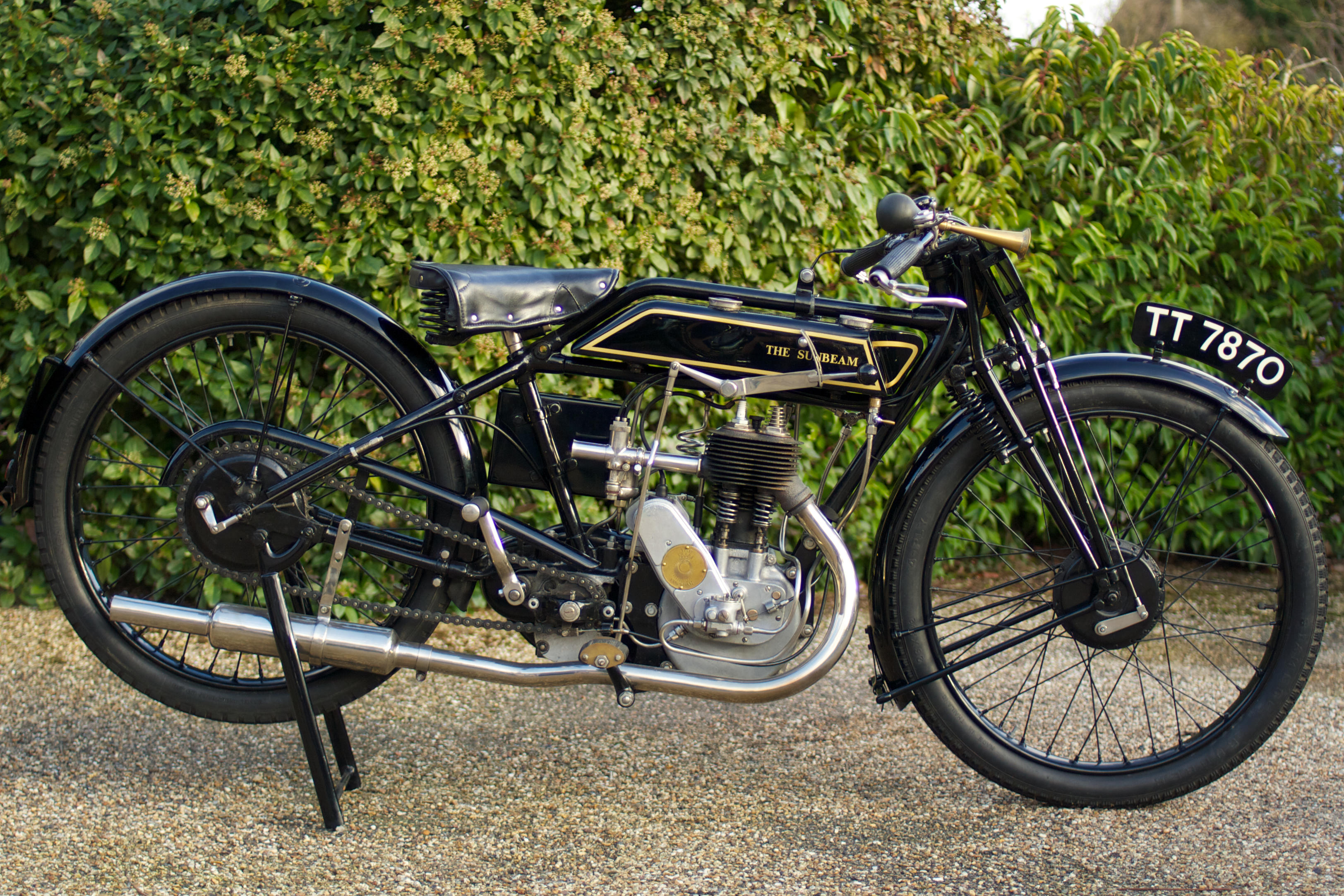
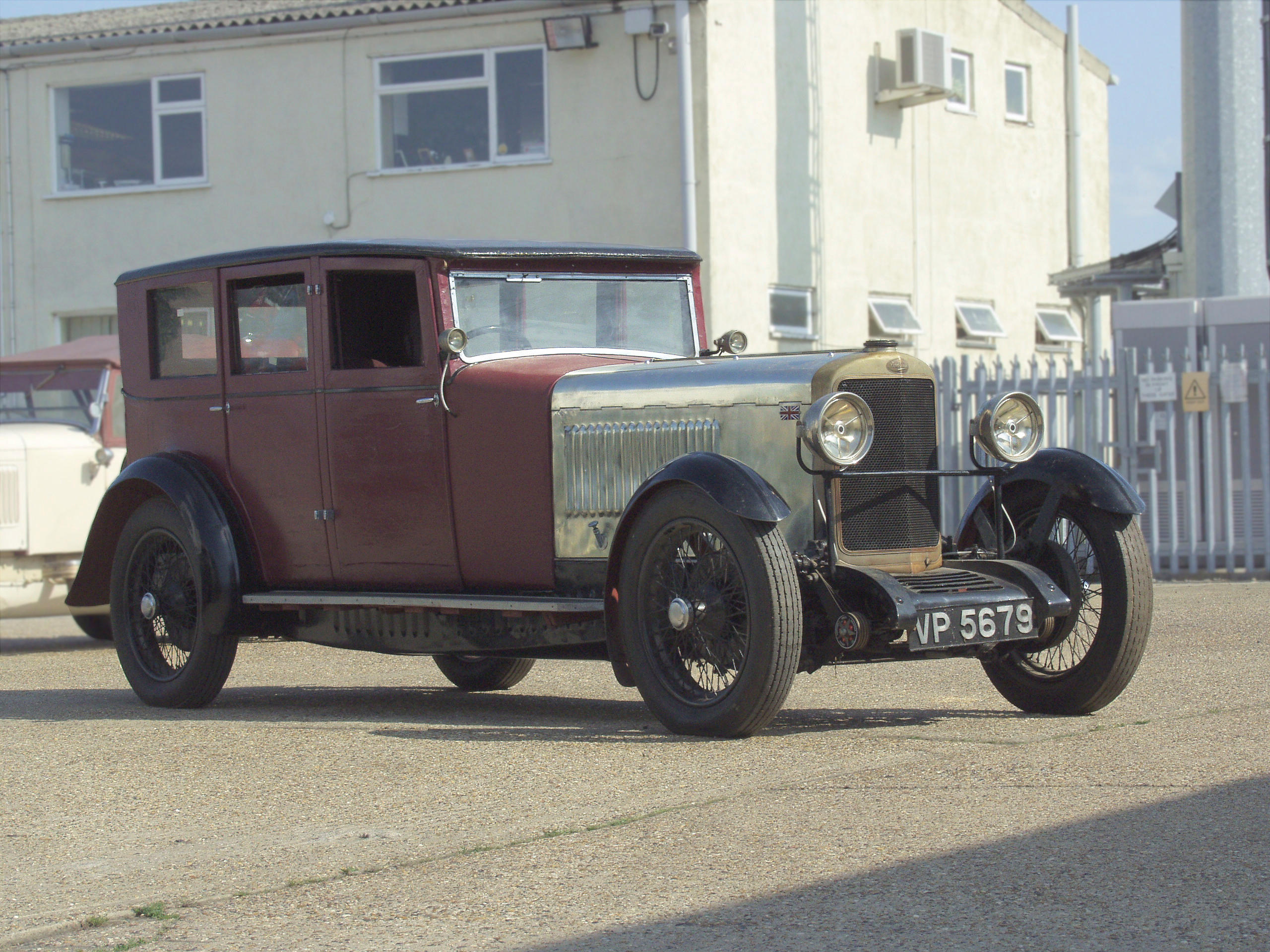
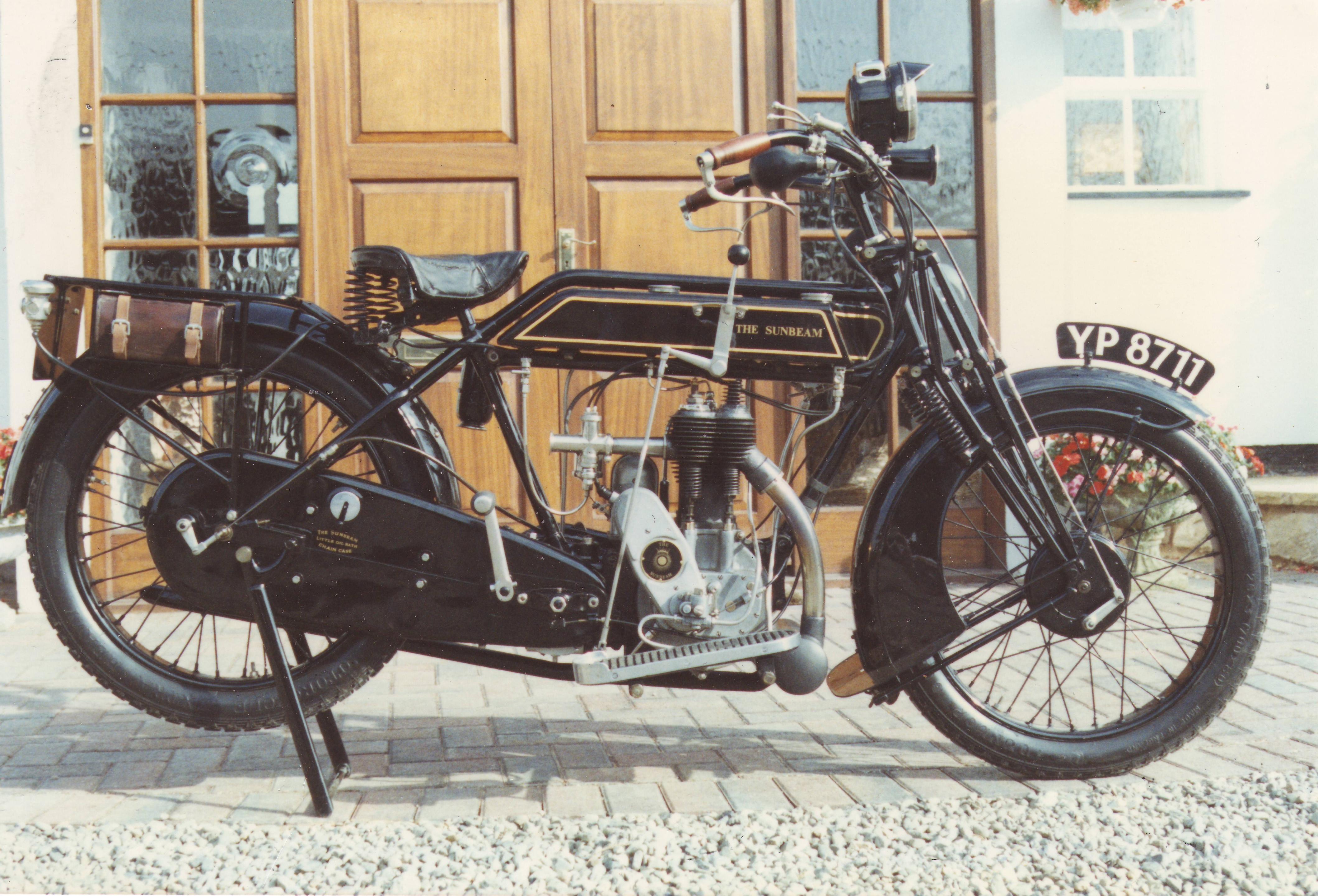
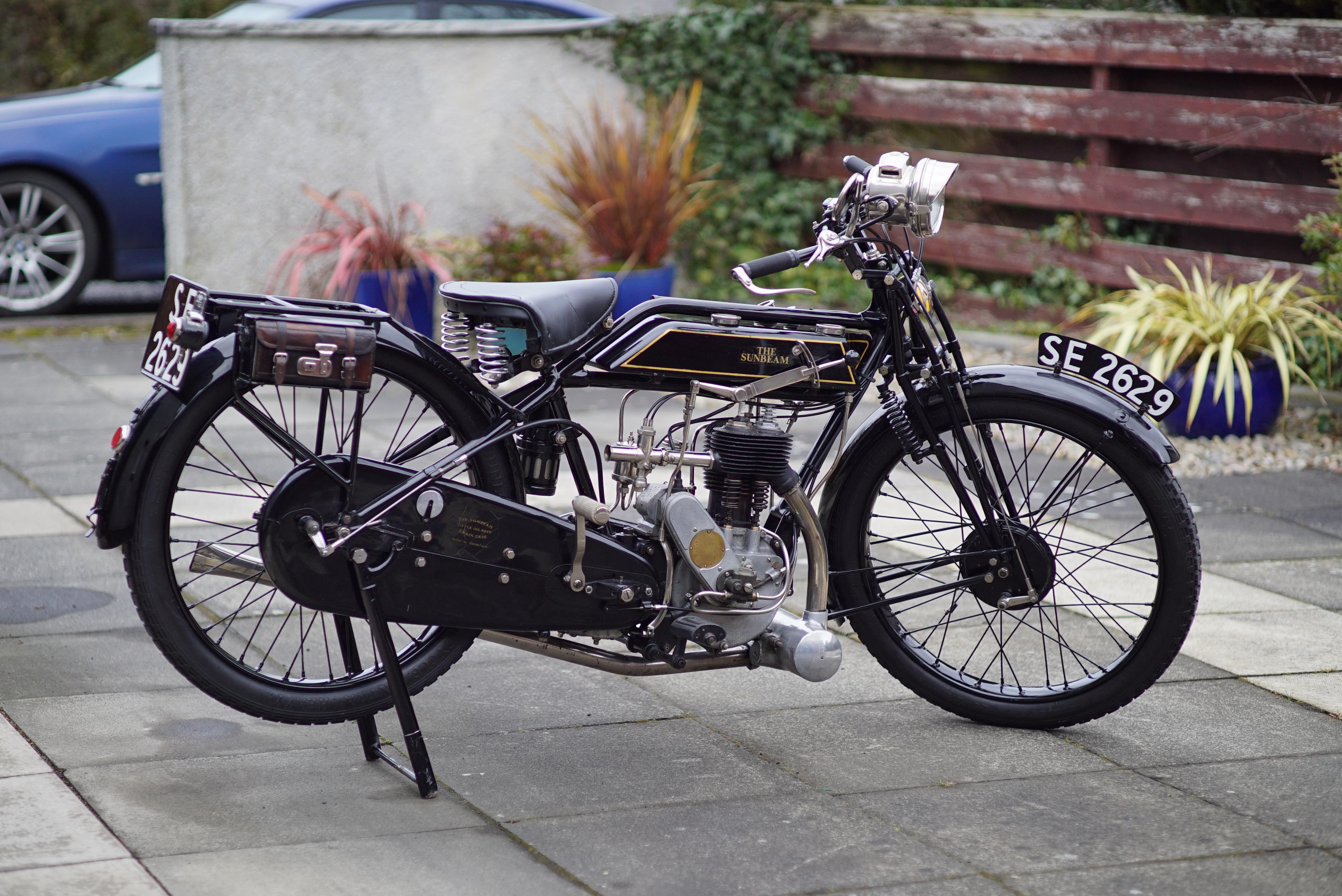

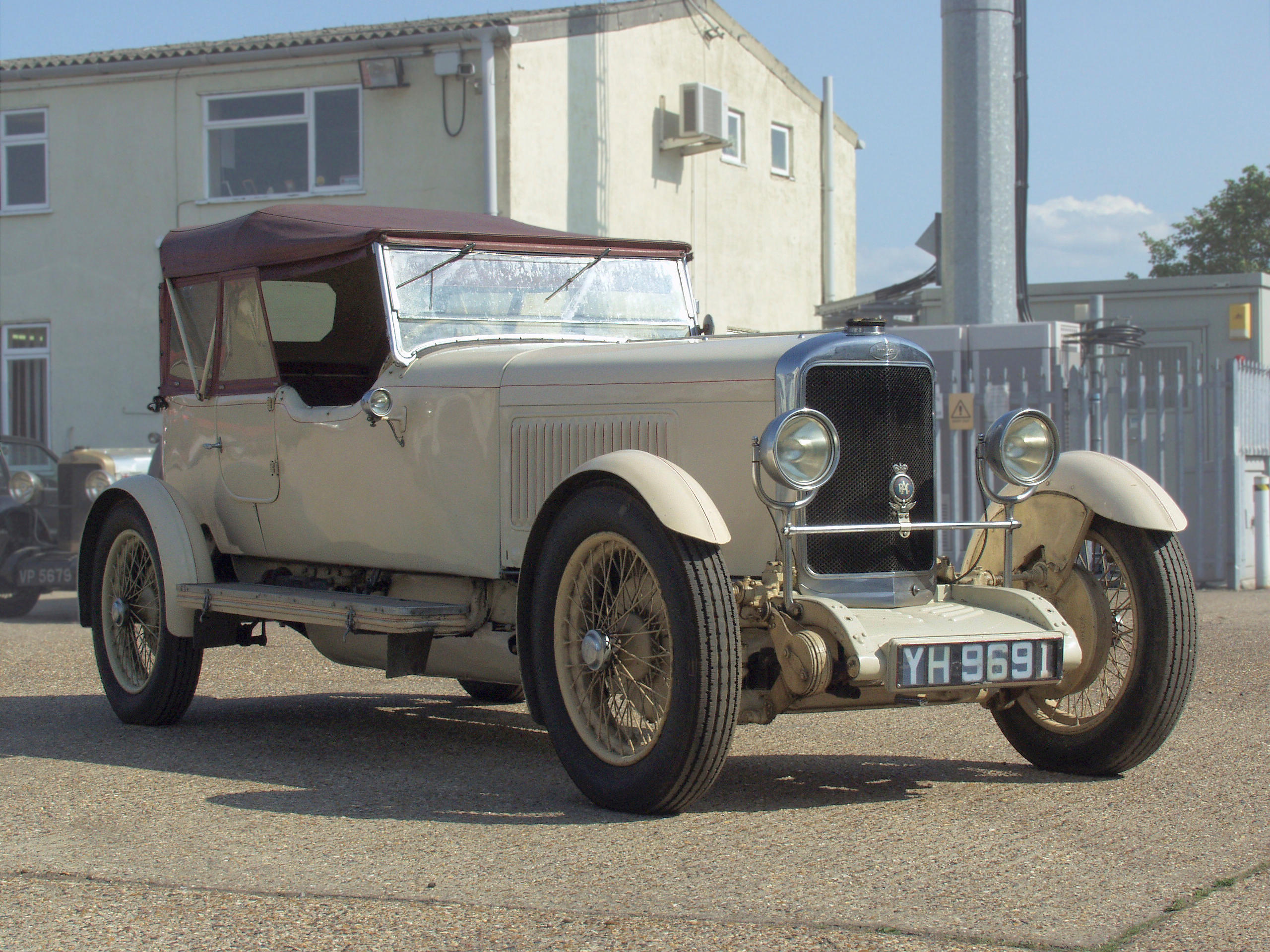
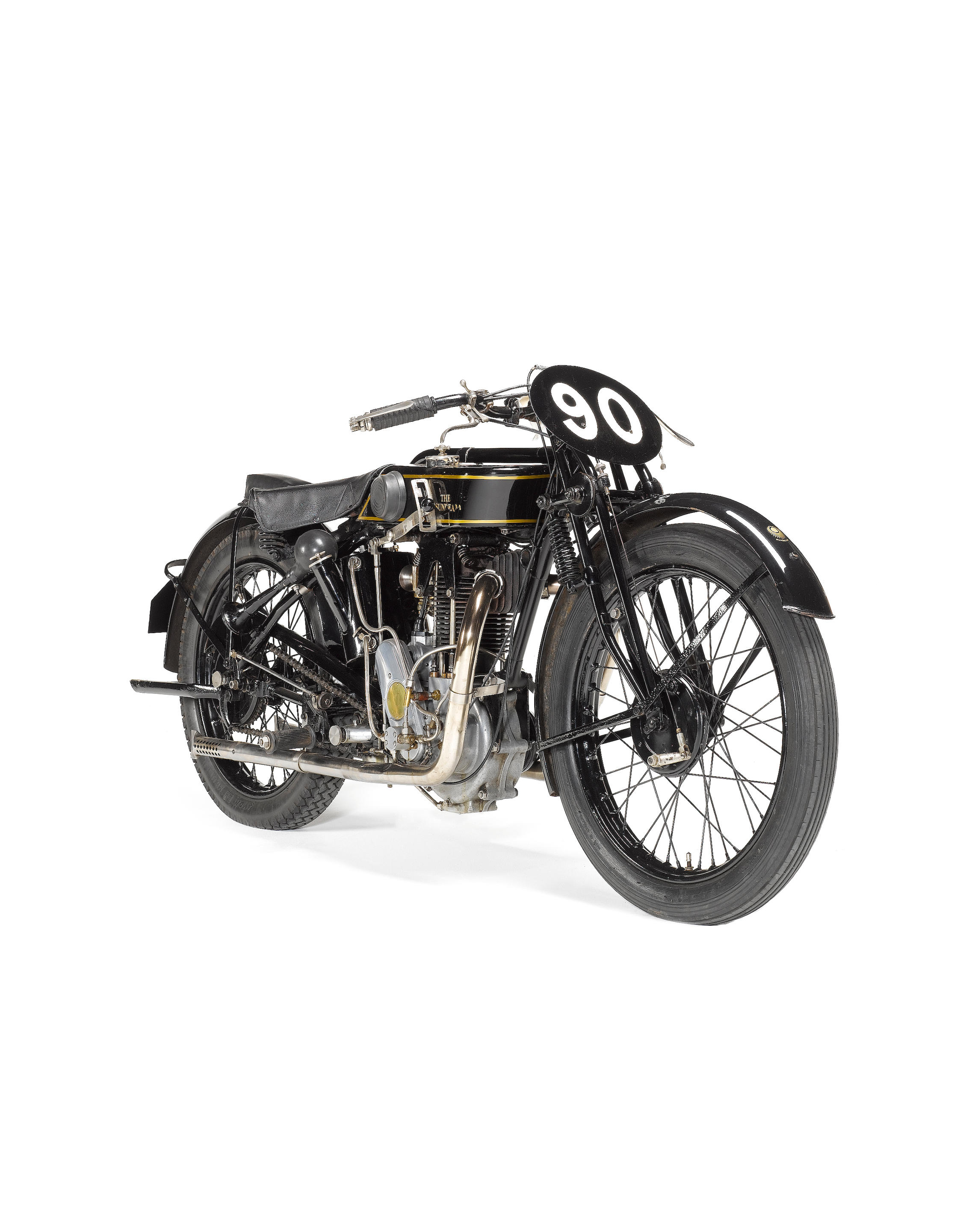
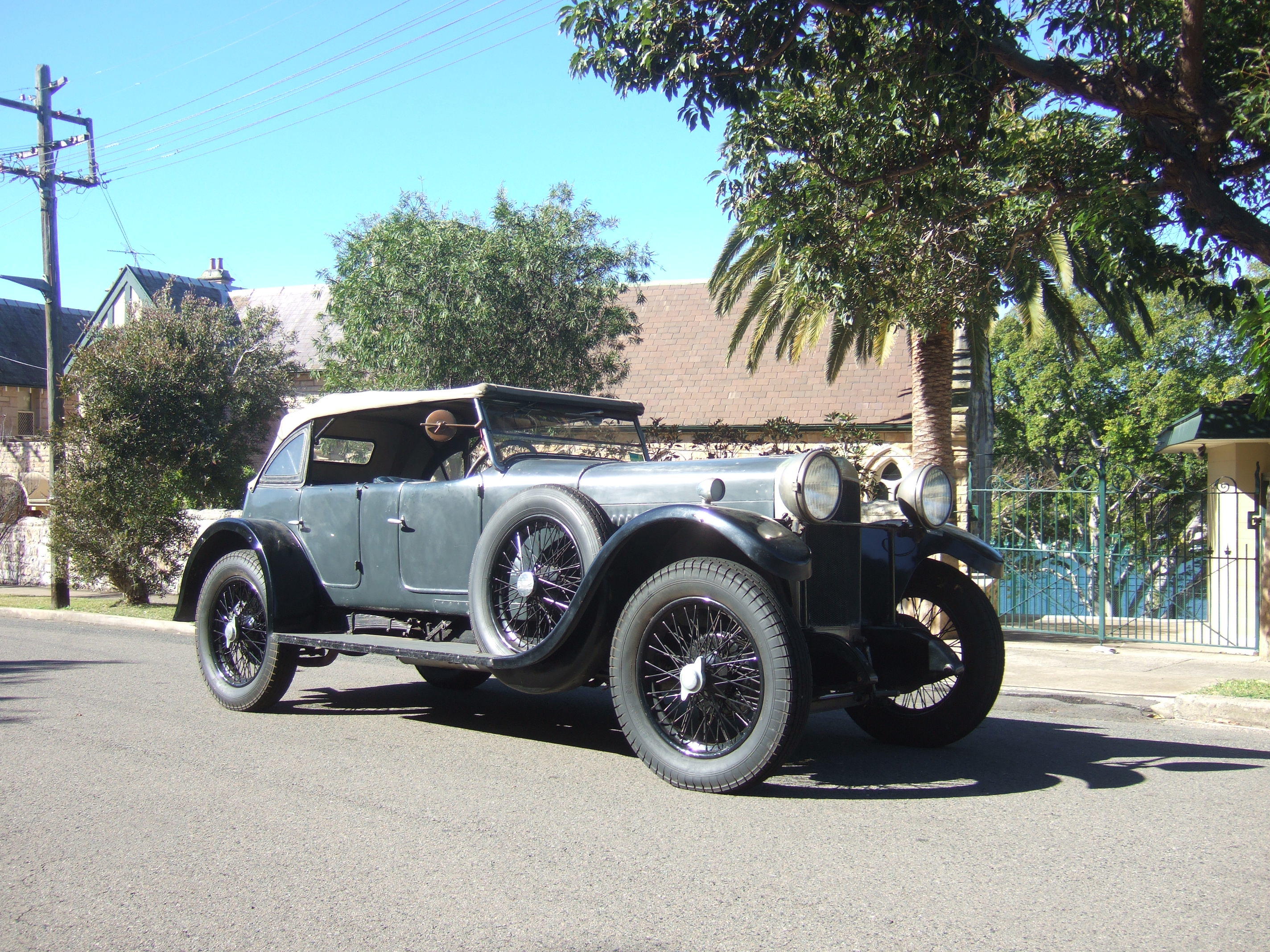

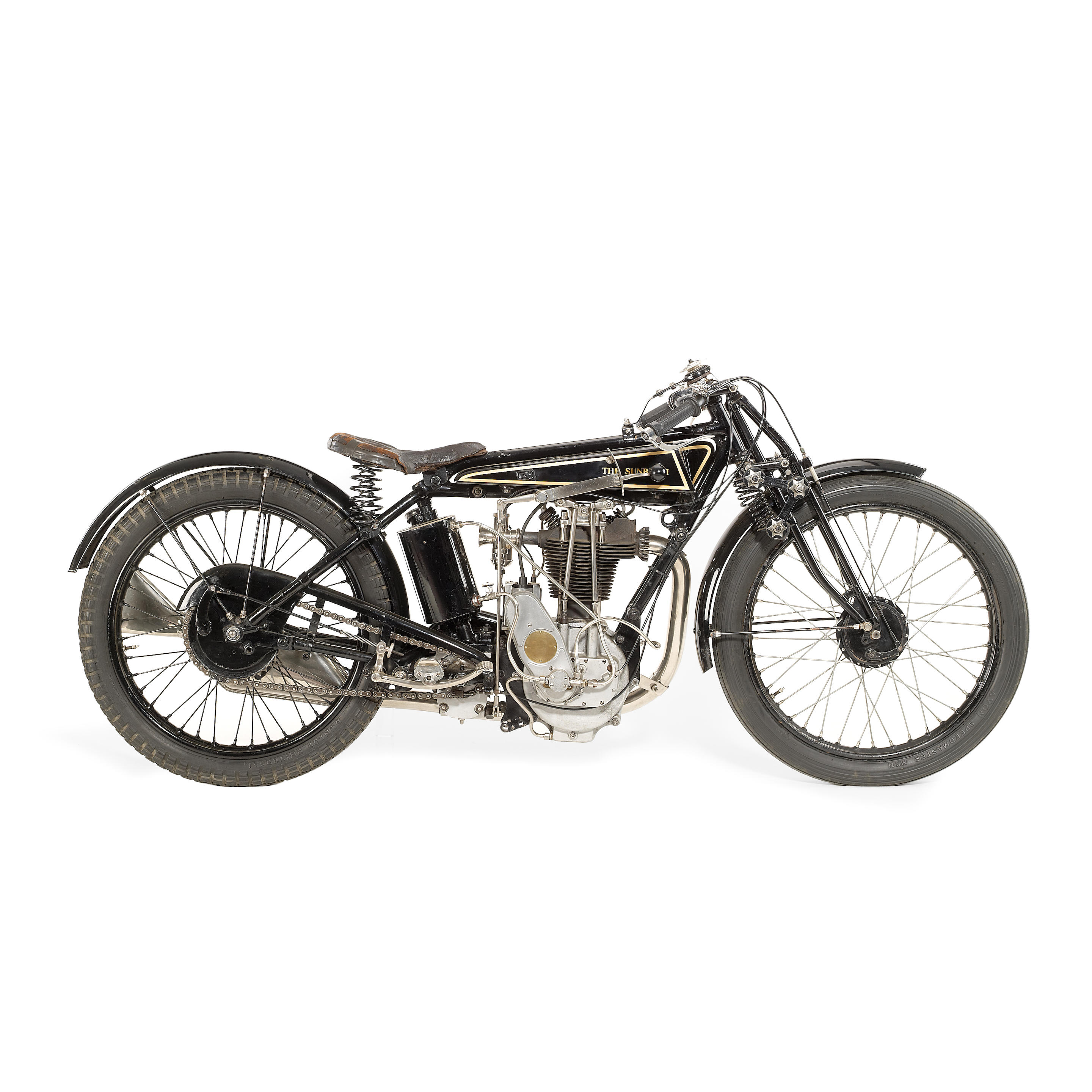

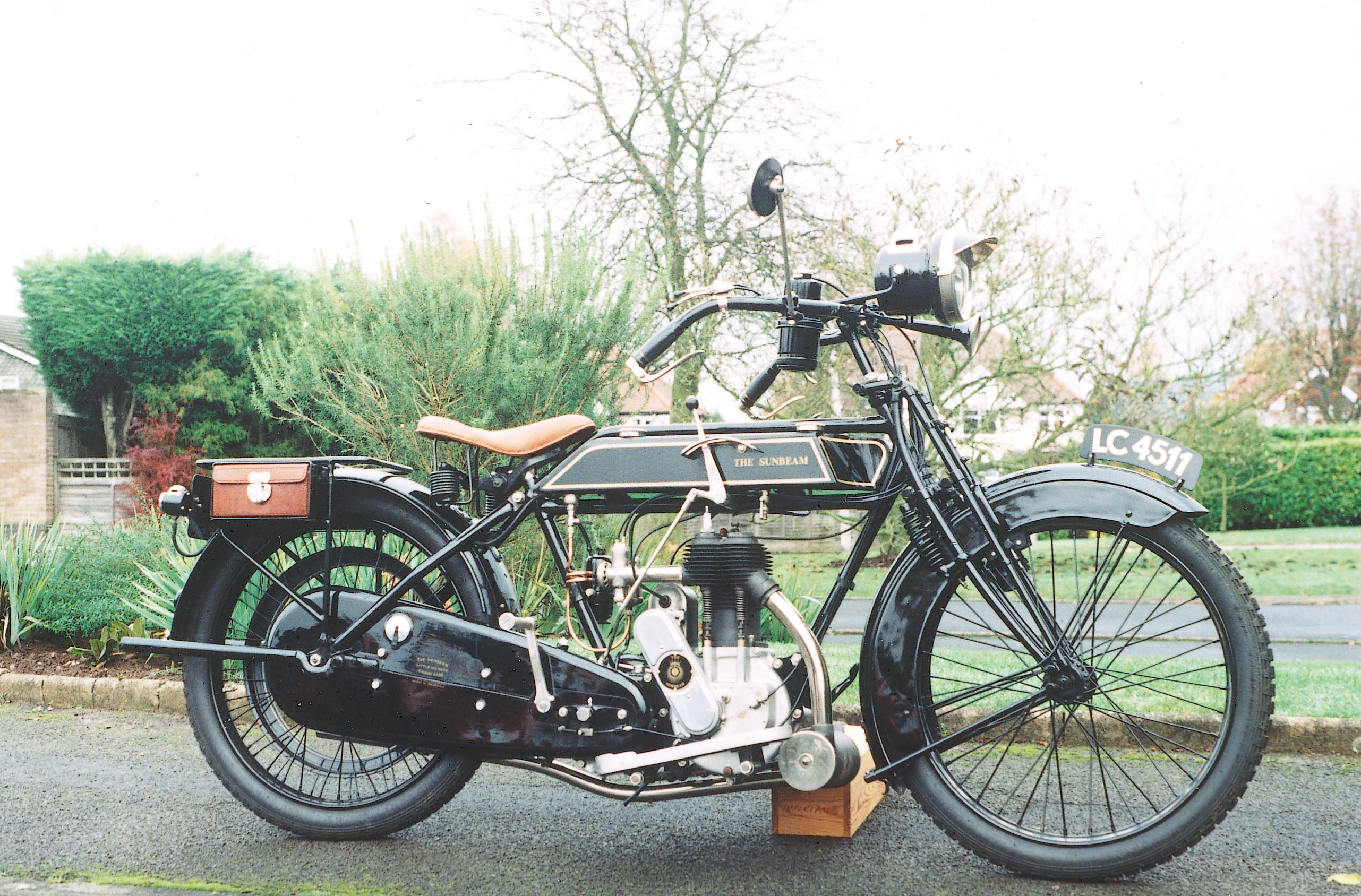
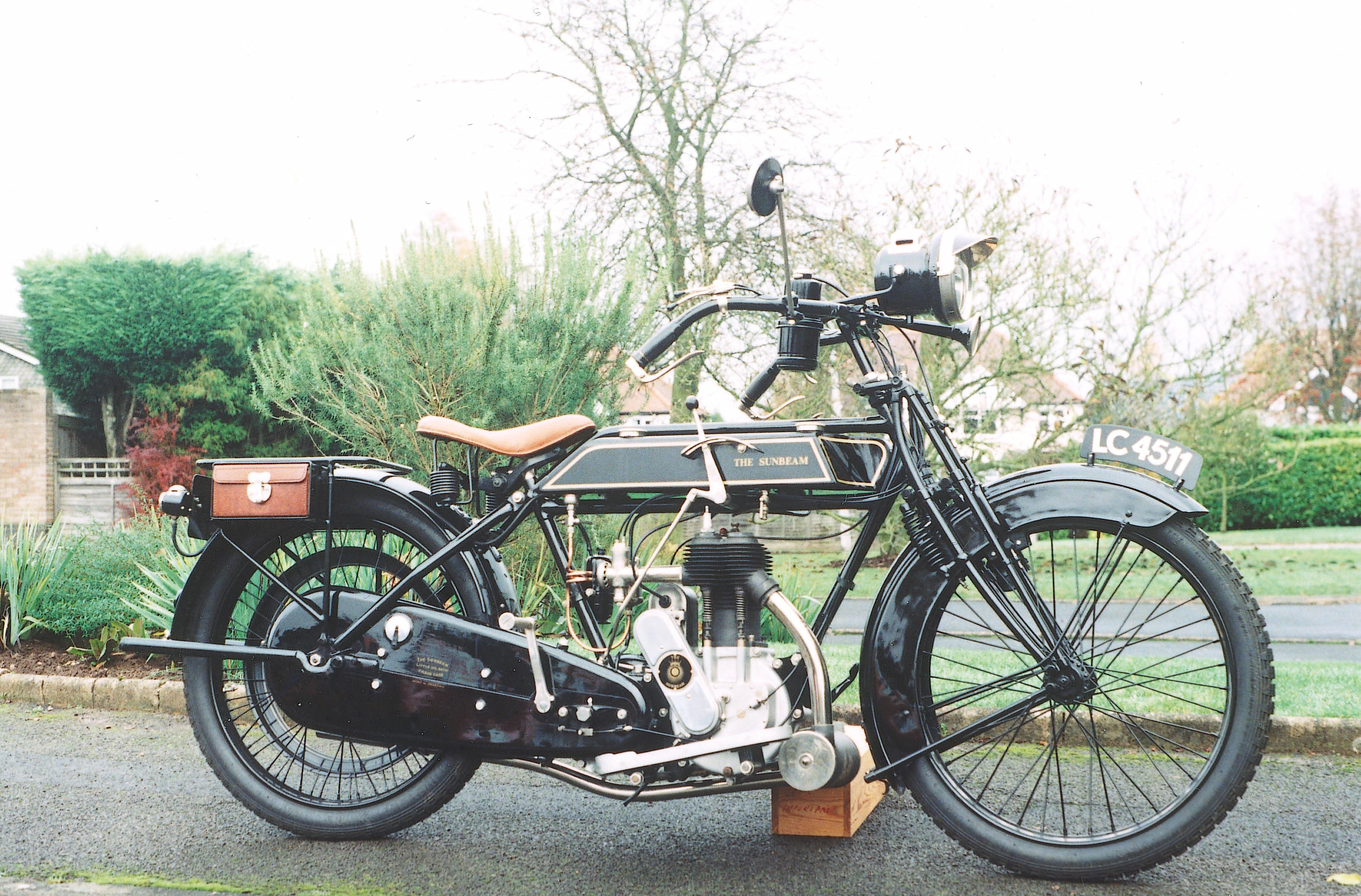
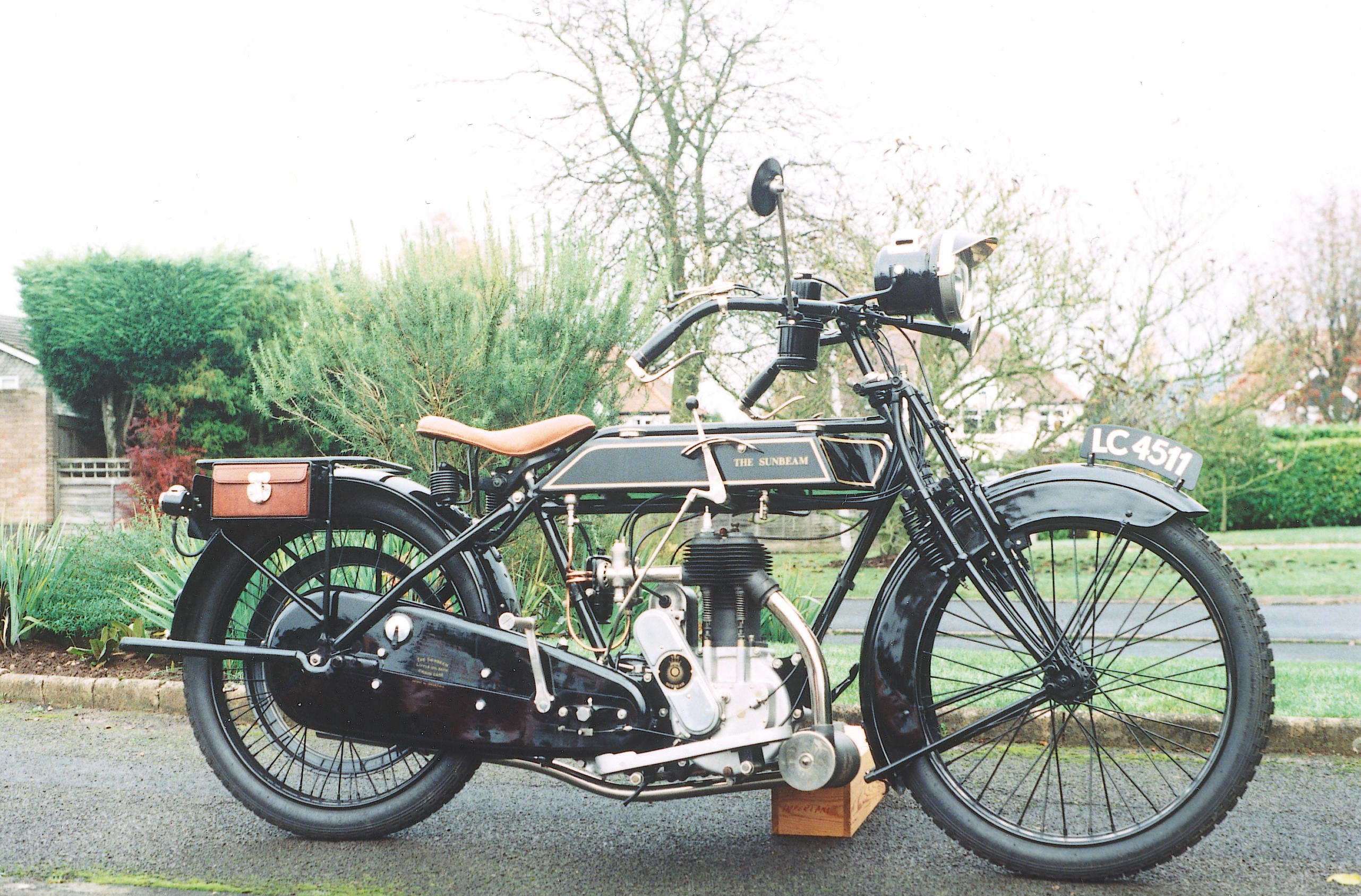
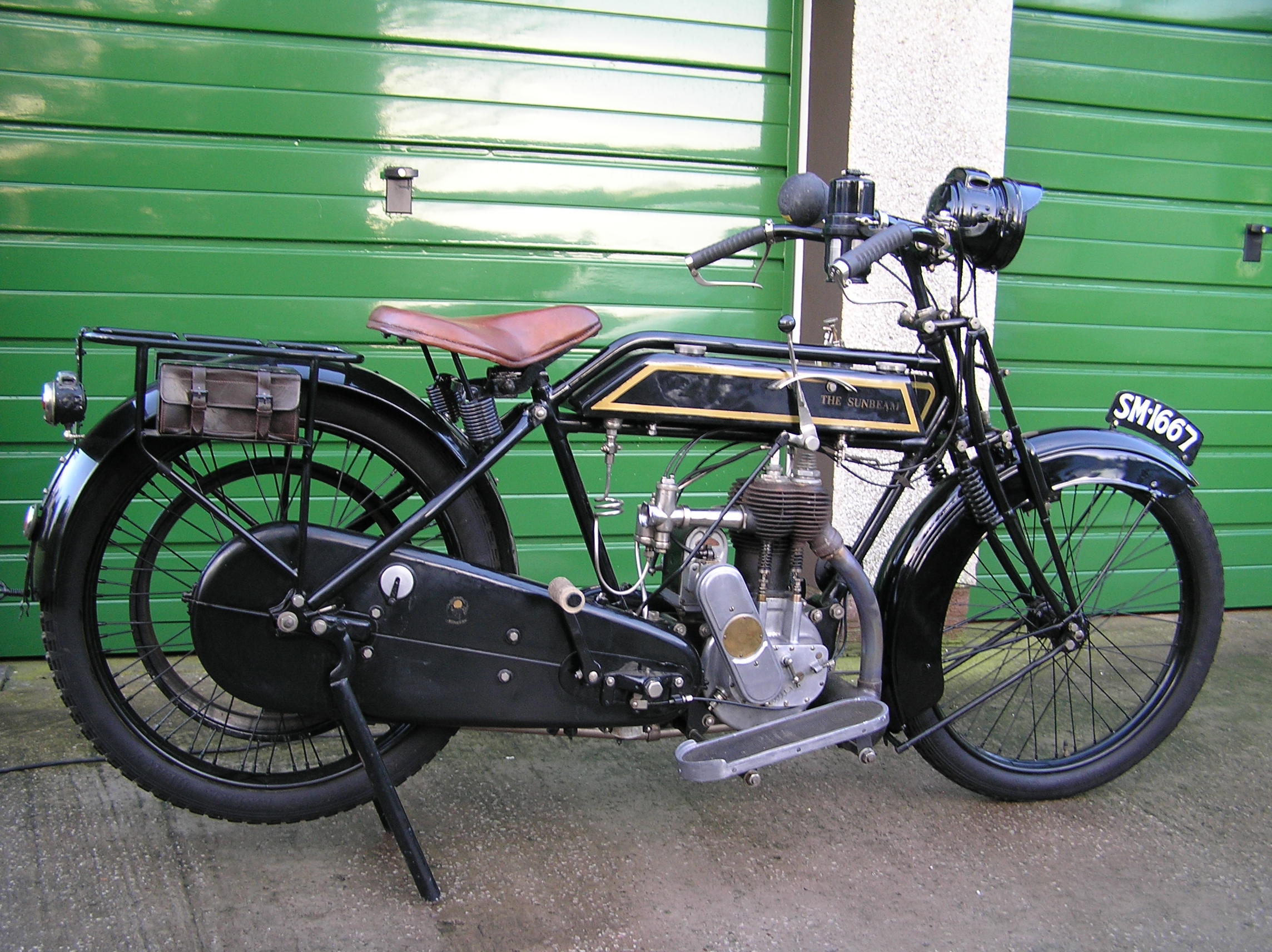
Testen Sie LotSearch und seine Premium-Features 7 Tage - ohne Kosten!
Lassen Sie sich automatisch über neue Objekte in kommenden Auktionen benachrichtigen.
Suchauftrag anlegen